Assistant Professor at the Center for Biomedical Engineering at Indian Institute of Technology Delhi
Joining Link: http://bit.ly/3RKiLan
In recent years, there has been an immense push towards developing “human-like”, multi-articulated bionic arms, capable of realistically replicating dexterous movements and sensing tactile environmental cues. Despite the enormous investment of resources in the development of upper limb prosthetics, “difficulty of use” and “non-intuitive control” continue to be limiting factors often cited by prosthesis users for abandoning their devices. For past 50 years, surface electromyography (sEMG) has been the predominant method for sensing muscle activation. However, sEMG signals suffer from poor amplitude resolution and low signal to noise, resulting in an unreliable and non-intuitive control paradigm. In this talk, I will introduce sonomyography, or ultrasound-based sensing muscle activity as an alternative to myoelectric control. Ultrasound imaging provides a non-invasive sensing modality that can spatially resolve individual muscles, including those deep inside the tissue, and detect dynamic activity within different functional compartments in real-time. In sonomyography, mechanical muscle deformations are sensed using ultrasound, as compared to electrical activation, and therefore the resulting control signals can directly control the position of the end effector.
Speaker Bio:
Dr. Biswarup Mukherjee is currently an Assistant Professor at the Center for Biomedical Engineering at Indian Institute of Technology Delhi. He is also a faculty at the Department of Biomedical Engineering at All India Institute of Medical Sciences, New Delhi. Prior to joining IIT Delhi, Dr. Mukherjee was a Research Assistant Professor at George Mason University, USA. He has a PhD in Electrical Engineering from Indian Institute of Technology Madras and completed his postdoctoral training at Harvard Medical School, USA. His broad research interest is to develop sensors and instrumentation to augment function in individuals with motor disabilities. He has been the recipient of several awards including the best doctoral thesis award from IIT Madras and Innovation Discovery Award at MGH.

MZ-122, IIT Delhi, Hauz Khas, New Delhi-110016 India
IHFC, Block – A, Research & Innovation Park, IIT Delhi, Hauz Khas, New Delhi – 110016
07AAFCI6629H1ZE
Designed & Developed by eClerx
© Copyright IHFC 2025 All Rights Reserved.
At Astrek Innovations, we are pioneers in advanced solutions for disability and rehabilitation. Our expertise in robotics, machine learning, and motion capture allows us to craft transformative devices that revolutionize assistive technology. Our flagship product, a wearable robotic exoskeleton, is designed to restore mobility for individuals with lower-limb immobility. We are committed to inclusivity and strive to bridge the gap between accessible healthcare and quality rehabilitation services. Our mission is to make a positive impact on the lives of those who need it the most. Join us in our efforts to bring innovative and life-changing solutions to the world of healthcare.
At Alphoenix Design Pvt. Ltd. We provide custom design and development of high-efficiency BLDC motors for different sectors like EVs, Aviation and Drones, Industrial machinery and Household appliances.
We’ve designed our motors in such a way that its manufacturing process would reduce material waste of motors by 70% and increase efficiency by 5-8%. Our flagship motors provide an efficiency of around 92%-95%. The motor will be manufactured with the capability to utilize CRGO (Cold-Rolled Grain-Oriented) material in its construction.
Our radial flux motors can provide such efficiency with easy manufacturing processes. Utilizing our new motor makes it feasible to achieve an efficiency rating exceeding 95%.
Founded by Marico, Parachute Kalpavriksha Foundation’s objective is to make a difference in the life of Indian farmers. The word “Kalpavriksha” is derived from Devanagari script “Kalpa” (imagination/wish) and “Vriksha” (Tree), meaning the tree that fulfils your wishes. We are a Non-Profit organization working towards the welfare of farmers in India. Currently we have enrolled more than 65,000 farmers covering almost 2.75 Lakh acres of plantation across the states of: Tamil Nadu, Karnataka, Kerala and Andhra Pradesh.
Our team of 100+ Agronomists regularly pay visits to the farmers and educate them on scientific farming practices and help them increase their productivity. Apart from our Productivity improvement program, we provide other services like Agri Expert on phone, Agri Business Centers (ABC), Water conservation activities by construction of farm pond, classroom training to farmers through Kalpavriksha Knowledge Centre etc.